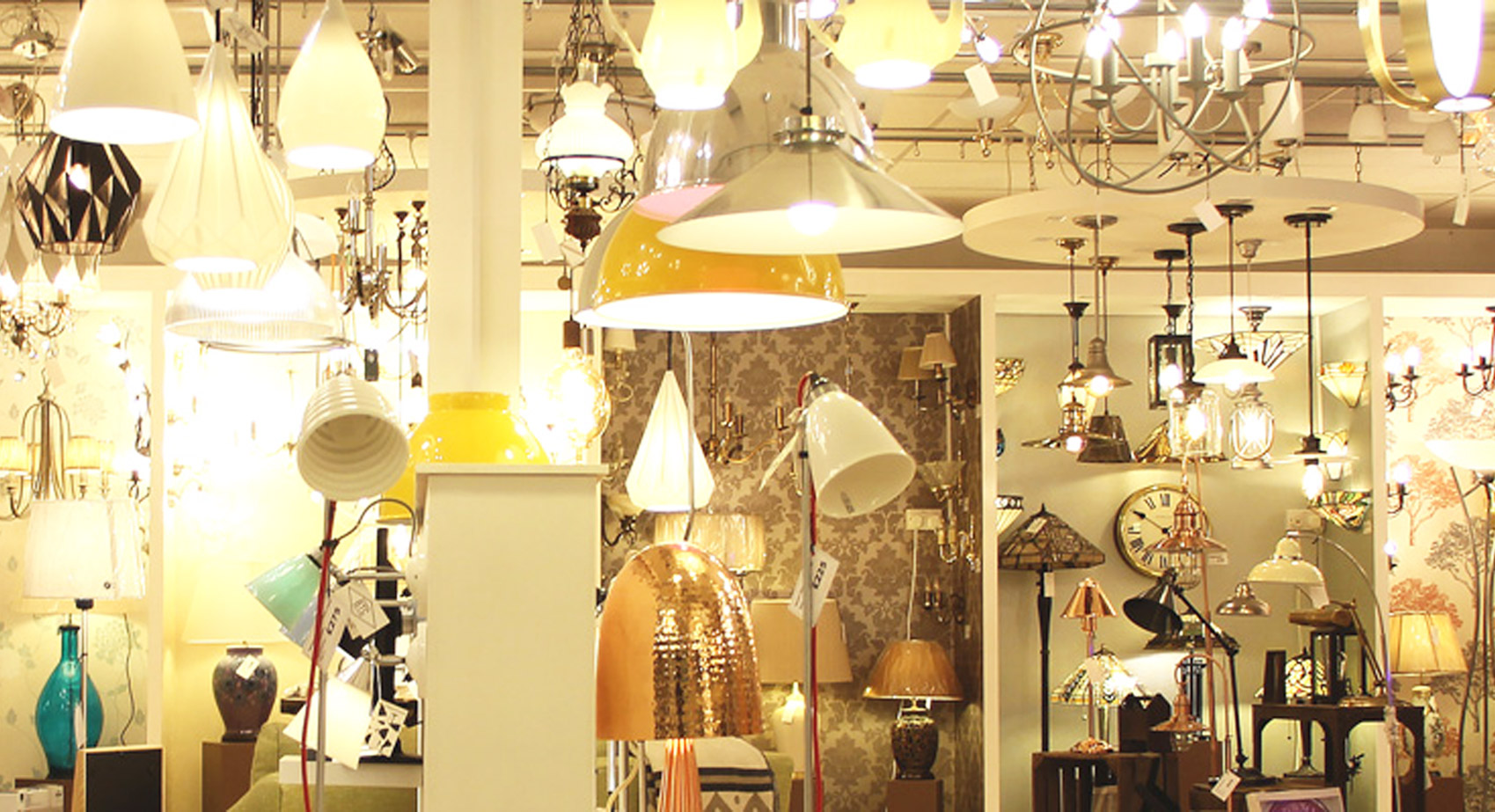The Ultimate Overview to Selecting Energy-Efficient Lights Options

Recognizing Energy-Efficient Lighting Technologies
When thinking about energy-efficient lights choices, it is vital to comprehend the different modern technologies available out there today. LED (Light Emitting Diode) lighting stands out as a prominent choice due to its high energy efficiency and lengthy life-span compared to traditional incandescent or fluorescent bulbs. LEDs consume significantly less energy, release less heat, and have a more extensive operational life, making them a eco pleasant and cost-efficient alternative. One more technology to consider is CFL (Compact Fluorescent Lamp) illumination, which is much more energy-efficient than incandescent bulbs yet less so than LEDs. CFLs are understood for their brilliant light output and relatively lengthy life expectancy. Additionally, halogen incandescent bulbs supply enhanced energy performance and lifespan contrasted to conventional incandescent bulbs. Comprehending the differences in these illumination technologies can aid customers make informed choices based on their specific requirements, budget, and ecological considerations. It is critical to consider factors such as power efficiency, life expectancy, light high quality, and preliminary cost when choosing one of the most appropriate energy-efficient lighting modern technology for a certain application.
Calculating Power Savings Prospective
To examine the possible power financial savings attainable via the adoption of energy-efficient lighting innovations, it is imperative to conduct complete calculations based on elements such as energy consumption, operational hours, and the details attributes of the lights alternatives being taken into consideration. lighting store melbourne. Calculating energy cost savings prospective involves establishing the present energy usage of existing lights systems and comparing it to the forecasted energy consumption of the energy-efficient alternatives present. This contrast enables a clear estimation of the possible power financial savings that can be understood
Operational hours play a vital function in these computations, as lighting systems that are used for prolonged periods will profit much more from energy-efficient options. In addition, taking into consideration the certain attributes of different lights technologies, such as lumens per watt and lifespan, is essential for properly anticipating energy financial savings.
## Factors to Take Into Consideration When Picking Lighting
Think about these essential variables when selecting illumination alternatives for ideal power performance and performance. Comprehending the function of the lights will assist figure out the most ideal fixtures and bulbs for the area.
Secondly, take into consideration the power efficiency of the lighting choices. Seek components and bulbs with high lumens per watt (lm/W) ratings to ensure optimal light output with minimal energy usage. LED lighting, as an check these guys out example, is understood for its power performance and lengthy life-span contrasted to conventional incandescent or fluorescent options.
In addition, evaluate the maintenance requirements of the illumination components. Choose fixtures that are simple to clean and keep to make certain regular performance in time. Picking durable fixtures that call for minimal upkeep can help in reducing long-term upkeep costs and make sure the lighting system runs efficiently.
Lastly, consider the ecological influence of the lighting choices. Select components and light bulbs that are energy-efficient and eco friendly, such as those with recyclable parts or reduced carbon exhausts. By prioritizing sustainability in your lights options, you can add to a greener future while appreciating the advantages of energy-efficient illumination services.

Contrast of Different Illumination Options
In analyzing the aspects affecting illumination selection for power effectiveness and efficiency, it comes to be essential to contrast the different lighting alternatives available in the market. LED lights stands out as one of the most energy-efficient selections due to its long life-span and reduced power consumption. When contrasting illumination options, variables such as energy efficiency, lifespan, shade temperature, and ecological impact needs to be meticulously taken into consideration to make a notified choice based on specific lights needs and top priorities.
Tips for Implementing Energy-Efficient Illumination
When looking to boost energy effectiveness through lighting options, dig this applying calculated lights controls can substantially decrease power consumption. One reliable tip for implementing energy-efficient lights is to utilize occupancy sensors. These sensors detect activity within a space and immediately transform lights on or off, ensuring that lights are only being used when required. Additionally, daylight sensing units can be included to adjust lighting degrees based upon all-natural light availability, additional maximizing power usage.
An additional suggestion is to think about using dimmer buttons. Lowering lights not just develops setting and adaptability in lights degrees yet additionally assists in saving power by minimizing the amount of power eaten. Choosing energy-efficient light bulbs such as LEDs or CFLs can make a considerable difference in energy cost savings. LEDs, in particular, are known for their longevity and low power consumption contrasted to typical incandescent light bulbs.
Verdict
In verdict, selecting energy-efficient illumination alternatives is important for lowering energy intake and costs. Executing energy-efficient illumination not just profits the environment yet additionally leads to long-term cost savings and visit our website enhanced lights high quality.
To analyze the potential energy savings attainable with the fostering of energy-efficient lighting modern technologies, it is important to carry out complete estimations based on elements such as power usage, functional hours, and the certain attributes of the lights alternatives being considered (lighting store melbourne).In evaluating the factors influencing lights option for power performance and efficiency, it ends up being critical to contrast the different illumination choices offered in the market. When comparing lighting alternatives, variables such as energy effectiveness, lifespan, shade temperature level, and ecological effect needs to be very carefully thought about to make an educated decision based on specific illumination demands and concerns
When looking to enhance power performance with lighting choices, carrying out tactical lighting controls can significantly lower energy intake. Implementing energy-efficient lighting not just benefits the setting however also leads to long-term price savings and boosted illumination quality.